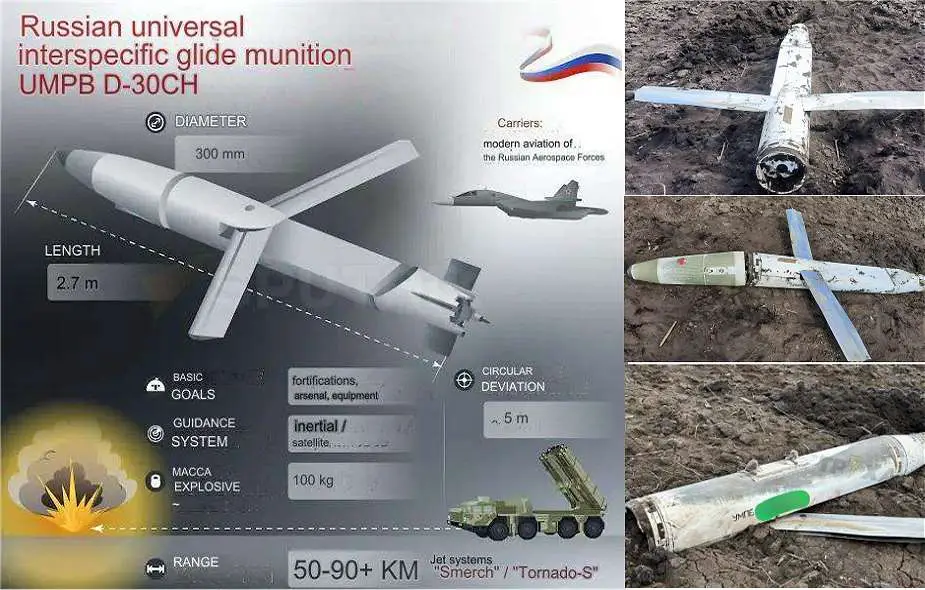The US Navy has significantly increased its surveillance capabilities in the Asia-Pacific region by deploying a second MQ-4C Triton maritime surveillance aircraft to Japan’s Kadena Air Base in Okinawa. This move follows the earlier deployment of several MQ-9 Reaper drones, enhancing intelligence gathering in the area.
According to an official from Japan’s Ministry of Defense, the second Triton arrived at Kadena Air Base at 3:40 p.m. on June 9. This follows the first MQ-4C Triton’s arrival on May 20, both temporarily relocated from Guam. Japanese media images show both aircraft stationed in the Navy's tarmac hangar shortly after the second aircraft's arrival.
The Tritons will be stationed at Kadena from May to October, supported by approximately 50 personnel. Since October, eight MQ-9 Reaper drones have also been deployed at Kadena, highlighting the base's critical role due to its strategic location, within three hours' flight time from Beijing, Seoul, and Taipei.
Kadena Air Base, the largest US Air Force base in the Asia-Pacific region, regularly hosts advanced fighter jets, with recent rotations including F-35 Lightning IIs, F-22 Raptors, US F-16s, and F-15E Strike Eagles. The base is also increasing its unmanned aerial vehicle presence to bolster reconnaissance and surveillance efforts.
The Okinawa Times, referencing the Federal Aviation Administration (FAA), reported that the second MQ-4C Triton was scheduled for a flight around Okinawa’s main island on June 9. However, this plan was withdrawn shortly after the aircraft's arrival.
The deployment has sparked controversy, with local governments and the Okinawa Prefecture opposing the indefinite presence of MQ-9 drones and the temporary deployment of MQ-4C Tritons. The Kadena Town Council expressed concerns about potential aircraft accidents due to the rising number of US military assets at the base.
The MQ-4C Triton, developed by Northrop Grumman, is distinct from the RQ-4 Global Hawk, designed to withstand bird strikes and lightning, and capable of close-range maritime observation. Equipped with advanced sensors, the Triton can provide precise targeting information to naval assets, enhancing operational reach.
With two MQ-4C Tritons now operational at Kadena, the US military is set to intensify surveillance in regions where China is increasingly active. Drones will undertake intelligence missions in the Nansei region and surrounding areas, crucial maritime territories stretching from Kyushu to Taiwan.
China has escalated maritime challenges in the East and South China Seas, with frequent coast guard incursions into Japanese-claimed waters around the Senkaku Islands. Japan views these actions as attempts to undermine its sovereignty over the islands. The enhanced surveillance capabilities provided by the drones are crucial for monitoring and asserting control over these contested areas without provocation.






